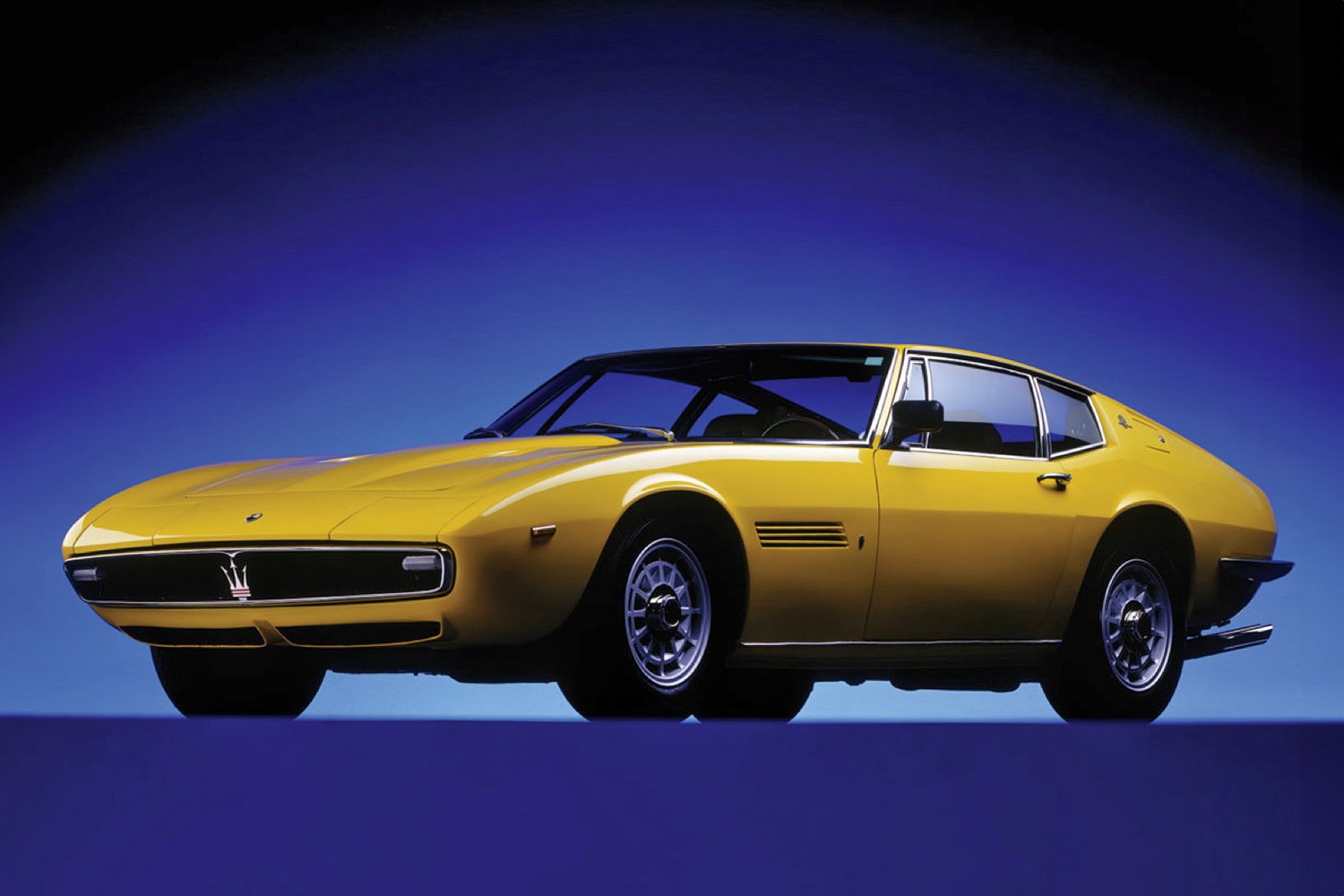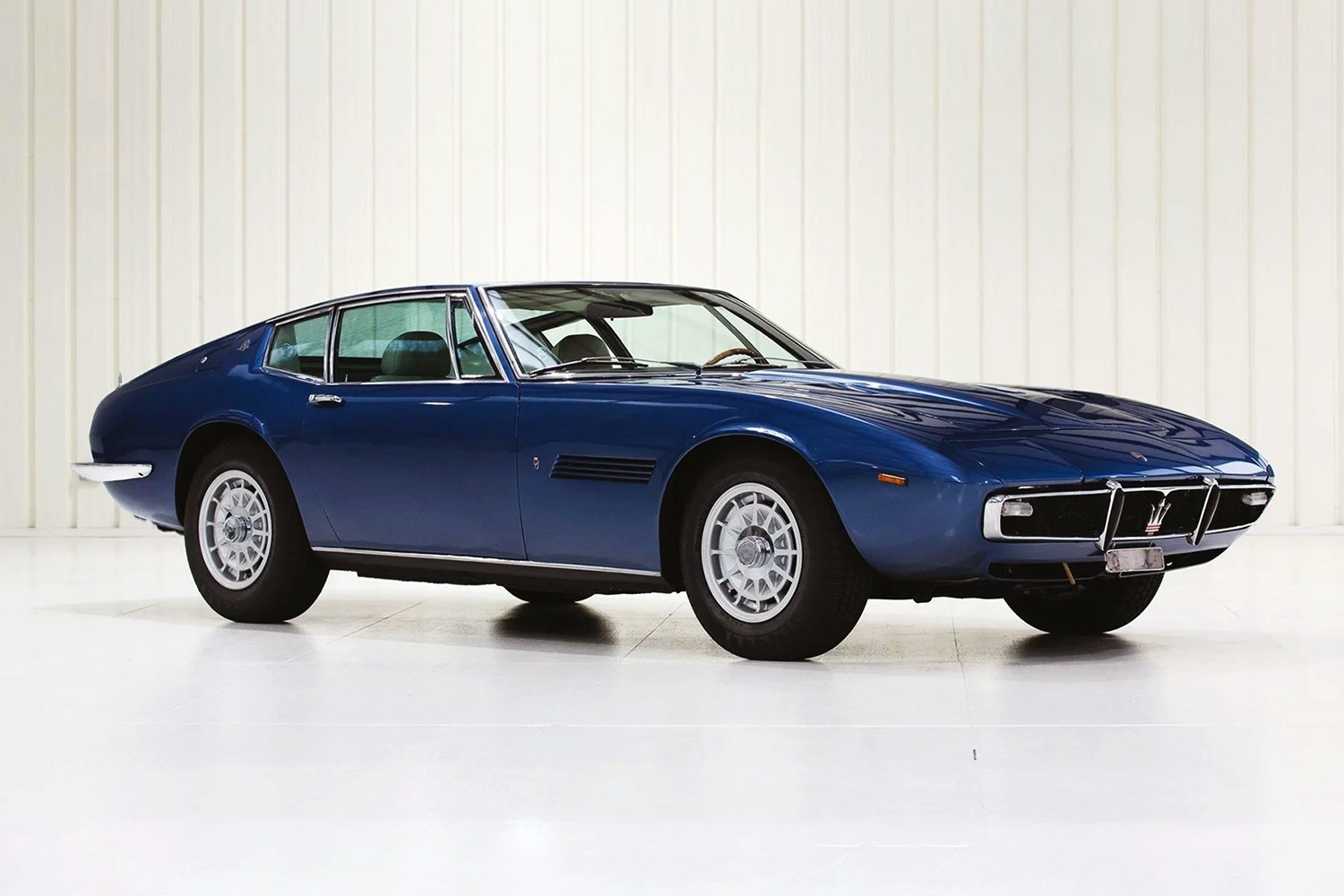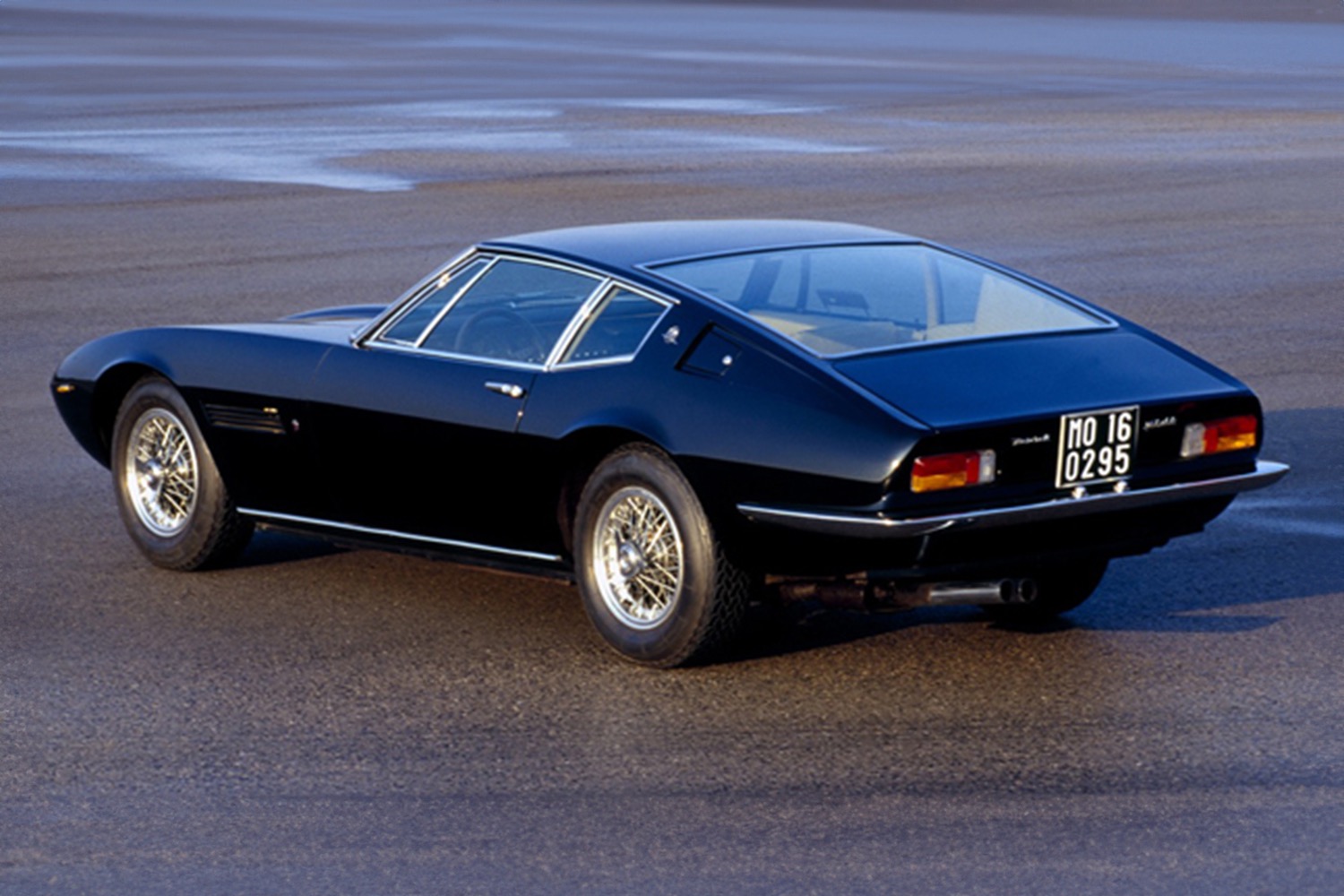
Ghibli
BRAND: Maserati
MODEL: Ghibli
YEAR: 1967
BODY TYPE: Sports car
POWER SUPPLY: Combustion
CATEGORY: Production car
DESIGNER: Giorgetto Giugiaro
The Ghibli was unveiled on the Ghia stand at the 1966 Turin Motor Show; the name, as was customary for Maseratis at the time, was that of a wind: in this case the Ghibli, dry Libyan sirocco.
These were the years when Lamborghini was offering the Miura to its wealthier and sportier customers, while Ferrari had launched the 365 Gtb: Maserati could not miss the opportunity of such a receptive market, and responded with the Ghibli. The goal, however, was not to offer the fastest car, but rather a powerful model on which to ride in luxury and comfort. For all intents and purposes it was more a new interpretation of the Grand Touring concept than a pure sports car, and although it was the most expensive of the three, it far exceeded the sales of both.
The year 1966 was perhaps one of the most extraordinary years in Giorgetto Giugiaro's creative and design journey: at the same show, in addition to the Ghibli, he presented the De Tomaso Mangusta, the De Tomaso Pampero and the Fiat 850 Vanessa. The French newspaper L'Equipe, in its issue following the Turin show, wrote that that year's edition had two undisputed protagonists: the debut of the Fiat 124 and Giugiaro.
The curvaceous and powerful Ghibli is Giugiaro's latest coupe to encapsulate the formal tendencies typical of the GTs of the 1960s: in the front view the radiator grille that hides the headlights as on Pampero and Mangusta stands out, the longitudinal engine spurred it to trace a generous nose to great scenic effect, the beltline is decidedly animated, the high and full tail is a functional necessity because the two fuel tanks are housed behind the rear deck and have a very high nozzle, while the fuel door is housed in a shallow end that tapers toward the tail.The rear is linear, with a large rectangular rear window and two slender horizontal light clusters, while the bumper turns up almost to the wheel well and contrasts with the front, where it is resolved as the grille surround.
The stylistic element of greatest break with the past, however, is the way the volumes were integrated, seamlessly between body and cabin, joined together as if they were a single surface. The front end also expresses a new stylistic language for the Trident marque, with pop-up headlights and a very subtle grille on taut, geometric lines that Giugiaro's hand nevertheless makes fluid.
The first examples were produced in March 1967, and the Ghibli remained in production until 1973. The Ghibli name would be revived in 1992 for the last version of the Biturbo and in 2013 for the sedan of the same name.


